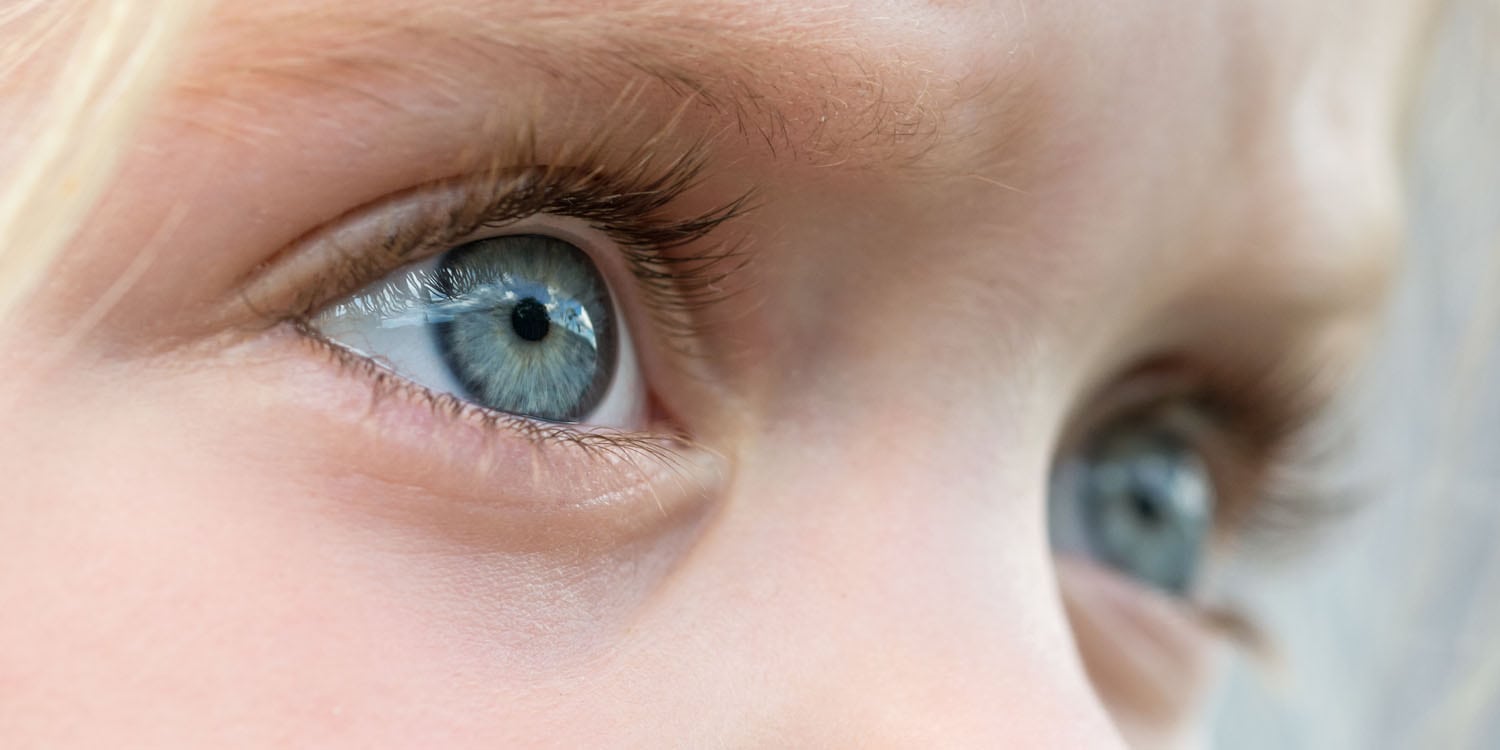A new study published in the journal Autism Research sheds light on the attentional patterns of young autistic children and their relationship with sensory experiences. The researchers found notable connections between “sticky attention” and certain sensory behaviors, such as heightened sensory responsiveness and intense interests. Additionally, the study uncovered a novel attentional pattern dubbed “springy attention,” where autistic children tended to return their gaze to familiar stimuli rather than focusing on new ones.
Prior research has highlighted various atypical attention forms in autism, such as difficulty disengaging from certain stimuli (known as “sticky attention”). Understanding these patterns is vital as they could influence sensory processing, which in turn affects daily activities, social interactions, and overall quality of life.
“Many autistic people have uncommon sensory experiences, and some of these can be quite overwhelming – it takes a lot of extra coping energy to go through the world if you are frequently having distressing and exhausting episodes of sensory overload,” said study author Patrick Dwyer, a research fellow at the Olga Tennison Autism Research Centre at Trobe University.
“We also know that many young autistic people show different attention patterns to neurotypical people. Attention differences in autism could also affect learning. If somebody pays attention to different things, they will learn different information from their environment, and this could go on to have cascading effects on ongoing learning and development.”
“According to the monotropism theory, autistic people often experience hyper focus where they intensely focus on some things in their environments, while other things may be relatively ignored,” Dwyer explained. “This atypical focus could affect sensory processing and learning. This has only recently started to be directly investigated in many research studies.”
The study involved a sample of 95 children aged 2 to 4 years, including 65 autistic children and 30 nonautistic children. Participants were recruited through community channels and a participant registry, and their diagnoses were confirmed through clinical assessments. Nonautistic participants were screened using the Social Communication Questionnaire. The researchers used two primary methods to measure attention patterns: the gap-overlap task and the novelty preference task.
The gap-overlap task involved presenting a central stimulus followed by a peripheral target. In the “gap” condition, the central stimulus disappeared before the peripheral target appeared, so the child could shift attention to the new target without any need to disengage first. In the “overlap” condition, the central stimulus remained onscreen alongside the peripheral target, necessitating the child to disengage from the central stimulus before focusing on the peripheral target.
The novelty preference task, as its name implies, assessed the children’s preference for novel stimuli. Initially, two familiar images were displayed side by side. After a period, one of the familiar images was replaced with a novel image, and the researchers tracked how long the children looked at the novel versus the familiar image. This task aimed to measure the children’s tendency to explore new stimuli versus sticking with known ones.
“We used an eye tracker to examine where young autistic and non-autistic children were looking on a computer screen,” Dwyer explained. “With this technology, we measured two attention patterns, each of which seemed – in autistic participants, at least – to be related to other variables.”
The researchers found that autistic children did not exhibit significantly greater “sticky attention” compared to their nonautistic peers. Both groups showed similar times in shifting their focus from a central stimulus to a peripheral target.
However, within the autistic group, those who exhibited slower attention disengagement (more “sticky attention”) were found to have higher levels of sensory hyper-responsiveness, intense sensory interests, and enhanced perception of subtle stimuli. These findings suggest a link between difficulty in shifting attention and heightened sensory experiences in autistic children.
“In autism, this ‘sticky’ pattern was related to sensory hyper-reactivity and sensory seeking, which could mean that being slow to ‘unstick’ focus gives some autistic people a more intense sensory experience,” Dwyer told PsyPost. “If so, this more intense experience could be good or bad depending on whether the stimulus is pleasant or unpleasant.”
An unexpected pattern, termed “springy attention,” emerged during the study. This pattern was characterized by autistic children returning their gaze to previously familiar stimuli after briefly looking at new ones. The first hints of this pattern were seen in the novelty preference task, and the authors later found stronger evidence of it in the gap-overlap task when the central stimulus remained onscreen.
Autistic children were more likely to exhibit this behavior, and it was associated with lower cognitive abilities and greater sensory hypo-responsiveness.
“In autism, this pattern was related to more sensory hypo-responsiveness – being under-responsive to sensations – perhaps meaning that ‘springy attention’ makes one less likely to react to new stimuli,” Dwyer said. “It was also related to lower scores on a measure of cognitive ability, suggesting that autistic participants with ‘springier attention’ might have missed learning opportunities.”
“We actually hadn’t expected to observe the ‘springy attention’ pattern at all. The idea of measuring ‘springy attention’ only occurred to us when we looked at graphs showing changes in how much autistic and non-autistic people looked at one stimulus or another, from one tenth of a second to the next tenth of a second and so on.”
These findings contribute to a deeper understanding of attentional patterns in autistic children and their impact on sensory experiences and cognitive abilities. But the study — like all research — has some caveats. For instance, the study’s design was not initially designed to measure “springy attention,” and the varying characteristics of stimuli could have influenced the results.
“Any study finding needs replication, so we should still be somewhat cautious about these results until they are replicated,” Dwyer noted. “Furthermore, because we weren’t expecting to observe the ‘springy attention’ pattern, our task wasn’t optimized for measuring it. As a result, we can’t yet rule out the idea that the springy attention pattern was driven by some autistic children being more interested in some kinds of stimuli (like black and white shapes) than others (like colorful toys).”
“We also aren’t suggesting all sensory experiences in autism are driven by attention – indeed, there are some experiences, like higher levels of tinnitus, that seem unlikely to be caused by attention.”
The researchers aim to enhance the understanding of sensory differences and learning in autism. They hope to empower autistic individuals by providing insights into how attention affects sensory experiences and to leverage the strengths of autistic attention profiles to improve learning outcomes.
“In the long run, we hope to use these findings to enhance our understanding of sensory differences and learning in autism,” Dwyer said. “Sensory experiences in autism can be difficult to understand, both for autistic people and others around them, and we hope a better understanding of how some autistic sensory experiences work could give people on the spectrum more of a sense of control over their sensory experiences.”
“Likewise, we hope a better understanding of how attention relates to learning in autism can help us ensure young autistic children don’t miss key learning opportunities and help us take full advantage of strengths – like intense focus – in autistic attention profiles.”
The study, “Hyper-focus, sticky attention, and springy attention in young autistic children: Associations with sensory behaviors and cognitive ability,” was authored by Patrick Dwyer, Andre Sillas, Melanie Prieto, Emily Camp, Christine Wu Nordahl, and Susan M. Rivera.




